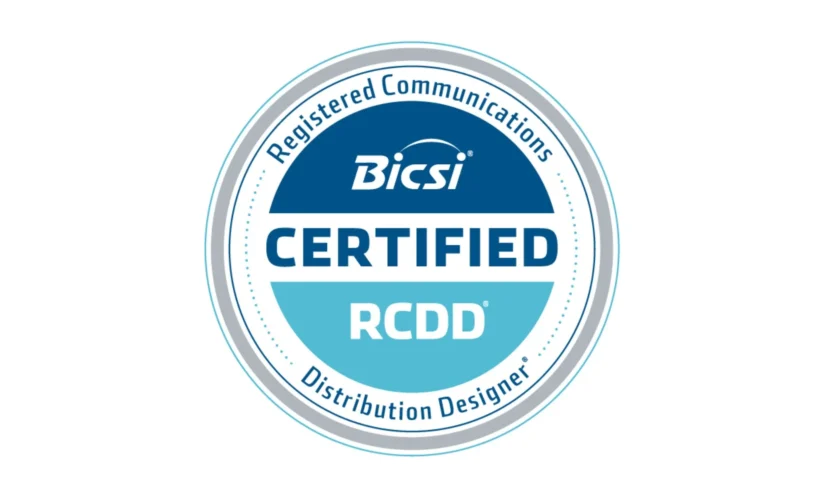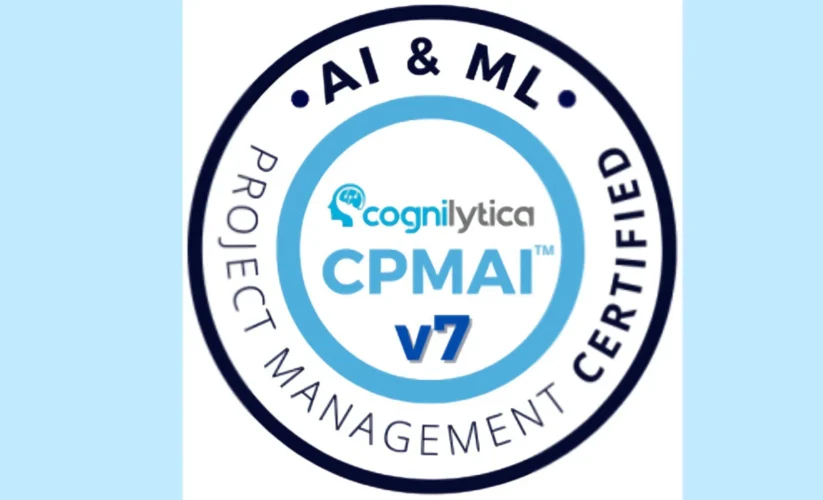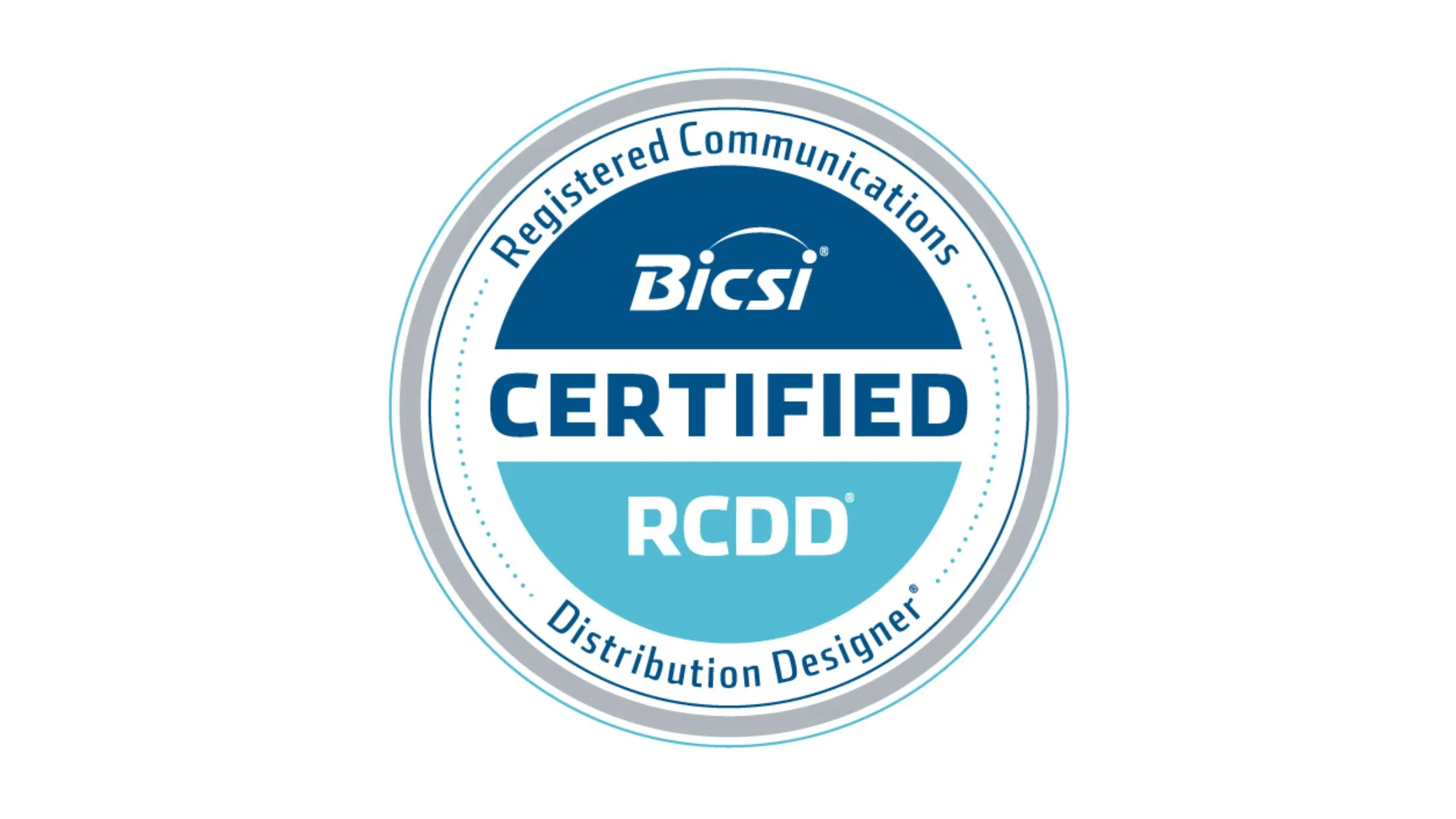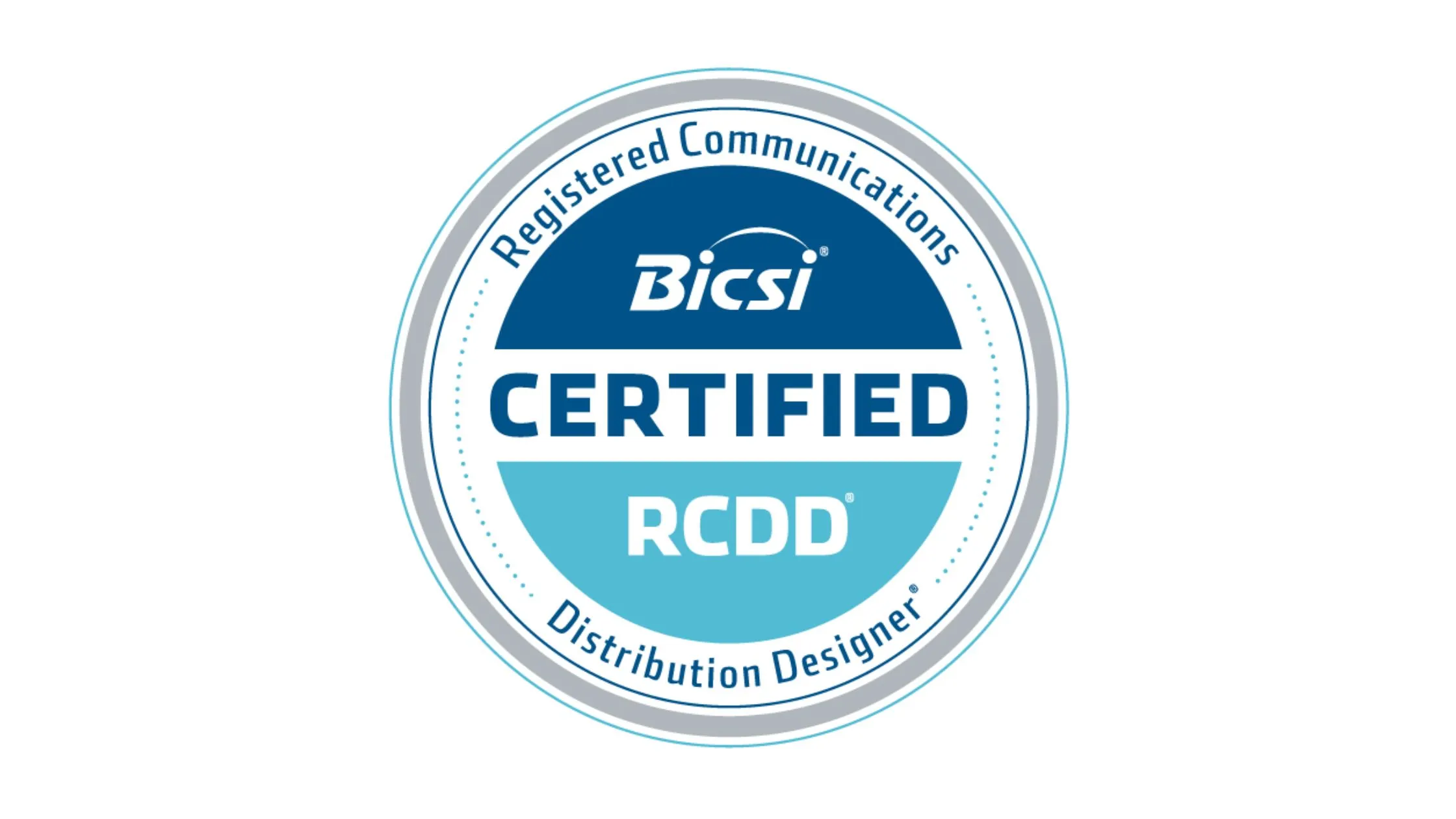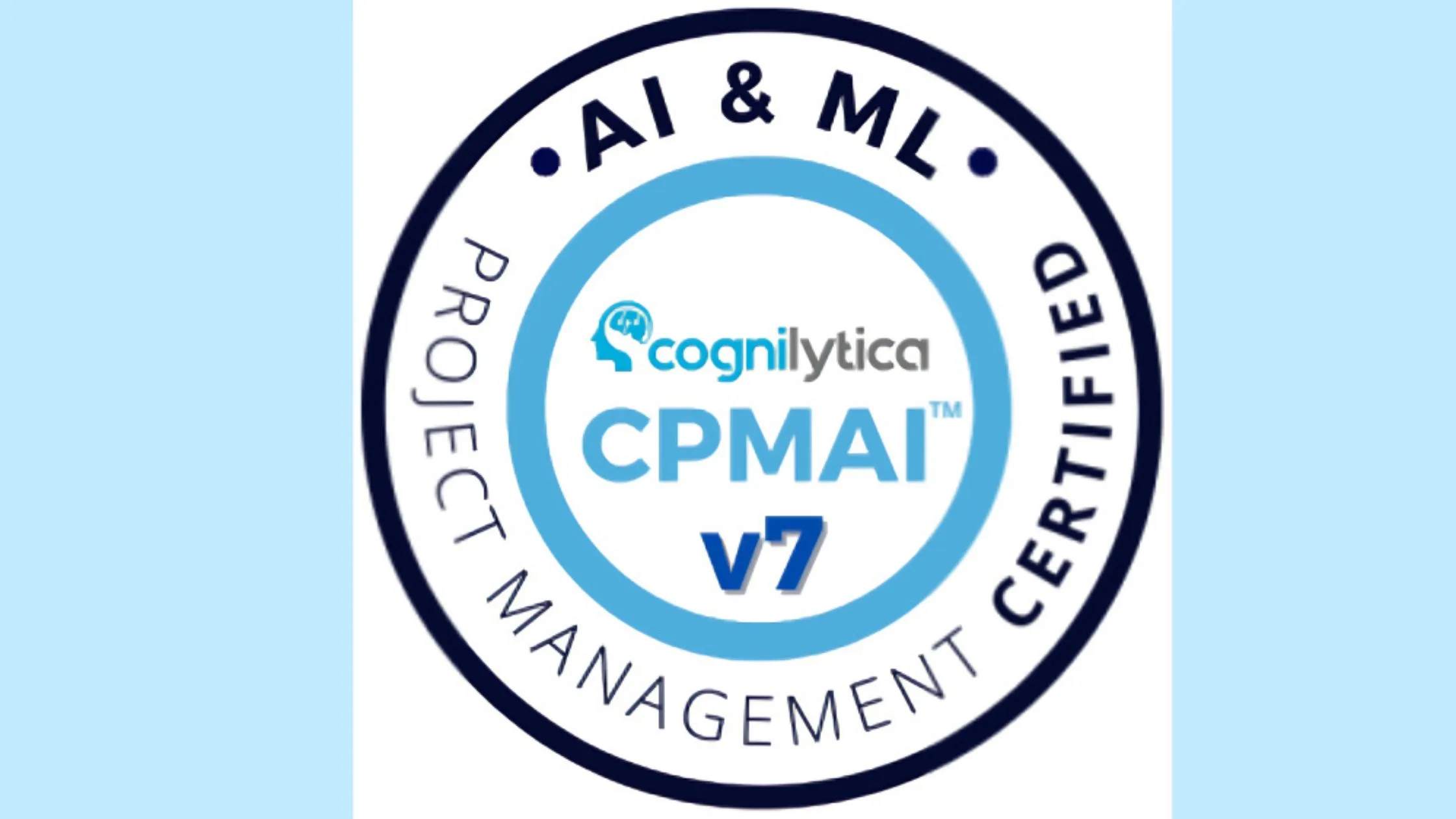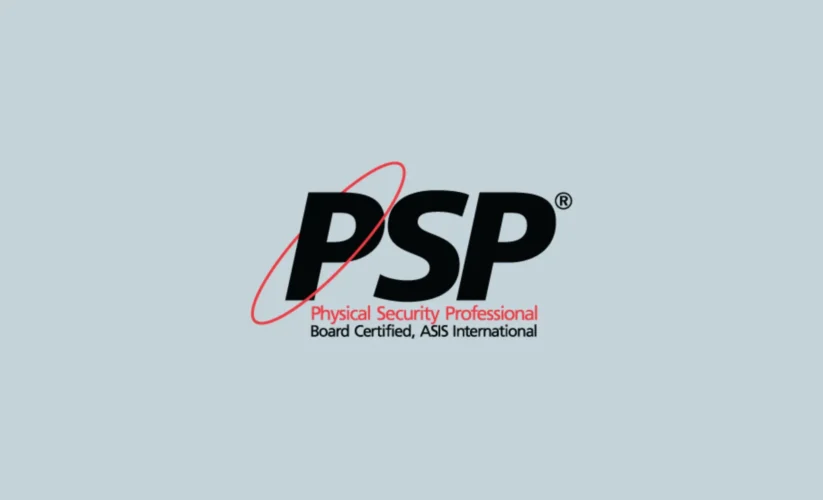
Key Topics Covered in PSP Online Training
The main subjects of PSP online training are subjects crucial to the comprehensive approach to physical security, including security assessment, security systems implementation and integration, as well as emergency plan development and management.
They focus on access control and surveillance systems of the higher level of technologies and major issues.
PSP Online Training also embraces risk management strategies that are associated with protecting assets and people together with the application of CPTED.
Advanced Risk Management Techniques
First topic which is covered in PSP Online Training is avoiding risk assessment methods shows that risk assessment methods available are quantitative, qualitative, and semi-quantitative giving different outlooks on physical security risk exposures.
Real life examples of such methodological approaches demonstrate how organizations carry out assessment and management of risks.
Further site surveys or employee interviews may be used to discover security flaws, as well as to optimize risk assessments to develop suitable measures that enhance the general security position in a manufacturing facility.
Crime Prevention Through Environmental Design (CPTED)
CPTED stands for Crime Prevention Through Environmental Design, which takes a problem-solving approach by addressing the problem of designing living and work environments that reduce crime by applying predictable crime pattern knowledge and applying natural surveillance, natural access control, territorial reinforcement, management and maintenance, and defensible space.
Appropriate CPTED implementations have urban parks and places where one can see what is happening easily due to proper viewing angles; well illuminated residential path way for safety concerns and commercial area where landscapingิก is used for movement control and surveillance.
Physical Protection Systems
There are several subcategories of PPS which consist of access control (SW cards, biometric, keypads, etc.), surveillance (CLOSE-CCTV), and physical barriers (barbed wire and barriers).
The integration of technology enhances these systems by enabling features including real-time monitoring, automated notification and high level of analysis on data.
For instance, today’s access control can combine biometric devices with the conventional approach for better security.
An integration system helps to create connected components that can respond collectively in case of a security threat and provide better perception of the state.
Project Management for Security Professionals
As applied to physical security, two major ideas of project management include risk analysis and estimation of future resources and costs, as well as the communication of information to other important stakeholders to guarantee timely project delivery.
They include; timeline management programs, expense trackers, and performance indicators.
Developing multiple communication channels encourages team collaboration, whereas frameworks like Agile or Waterfall help to organize processes.
Intrusion Detection and Contraband Systems
Advanced technologies in intrusion detection, such as machine learning and artificial intelligence, improve threat detection by allowing anomaly-based systems to recognize unusual activities and protocol-based systems to assess specific communications for vulnerabilities.
Best practices for deploying contraband detection systems involve utilizing advanced sensors and surveillance technologies, training staff on system usage, and setting up clear response protocols.
Access Control Systems
Alternative and enhanced opportunities for intrusion detection include machine learning and artificial intelligence that refine the detectable abnormalities in anomaly-based systems as well as analyze specific communication protocols for possible threats in protocol-based systems.
Recommended procedures for deploying contraband detection systems include the use of current generation contraband detection sensors and surveillance systems, staff education on how to operate the contraband detection systems, and practicing the right response methods.
It is necessary to carry out constant testing and to regularly update security measures because threats change, the involvement of law enforcement authorities can improve the existing security measures.
Video Surveillance Systems
Innovations in video surveillance technology are propelled by the incorporation of artificial intelligence (AI) and machine learning, which improve features like facial recognition, object detection, and behavior analysis.
These improvements facilitate real-time video data analysis, enhancing threat detection precision and monitoring efficiency. Moreover, cloud-based solutions provide adaptable storage and remote access, while edge computing minimizes latency by processing data nearer to its source.
AI and analytics are vital as they automate the detection of unusual activities and deliver actionable insights, allowing security teams to react quickly to possible threats.
Business Continuity Planning in Security
Business continuity planning is crucial for security professionals as it aids organizations in swiftly recovering from disruptions, reducing downtime and safeguarding sensitive data.
To create a strong plan, organizations should undertake a risk assessment to identify possible threats, conduct a business impact analysis to prioritize essential functions, establish defined response protocols, and carry out regular PSP online training and testing to ensure readiness.
This proactive strategy boosts resilience and allows organizations to manage crises effectively while preserving operational stability.
Legal and Ethical Considerations in Physical Security
Lastly in PSP Online Training we learn about the legal frameworks affecting physical security practices including regulations such as the Sarbanes-Oxley Act and HIPAA, which set standards for safeguarding sensitive information.
Ethical challenges in security management frequently revolve around balancing security requirements with privacy rights and choices regarding surveillance technologies.
Security professionals must enforce clear policies and guarantee adherence to legal and ethical standards while successfully protecting assets and personnel.
Sign up for CertFastPass and take the first step towards advancing your career with our effective PSP Online training!

